
Brought to you by:
Enterprise Strategy Group | Getting to the Bigger Truth™
ESG TECHNICAL REVIEW
Veritas InfoScale and Hitachi Vantara Storage Deliver High Availability for On-premises, Hybrid, and Multi-cloud Applications
By Kerry Dolan, Senior IT Validation Analyst
JANUARY 2022
Abstract
The Challenges
Figure 1. SLAs and Downtime

Source: Enterprise Strategy Group
The Solution: Veritas InfoScale and Hitachi Vantara Storage
Hitachi Vantara Virtual Storage Platform (VSP)
Figure 2. Veritas InfoScale and Hitachi Vantara Storage
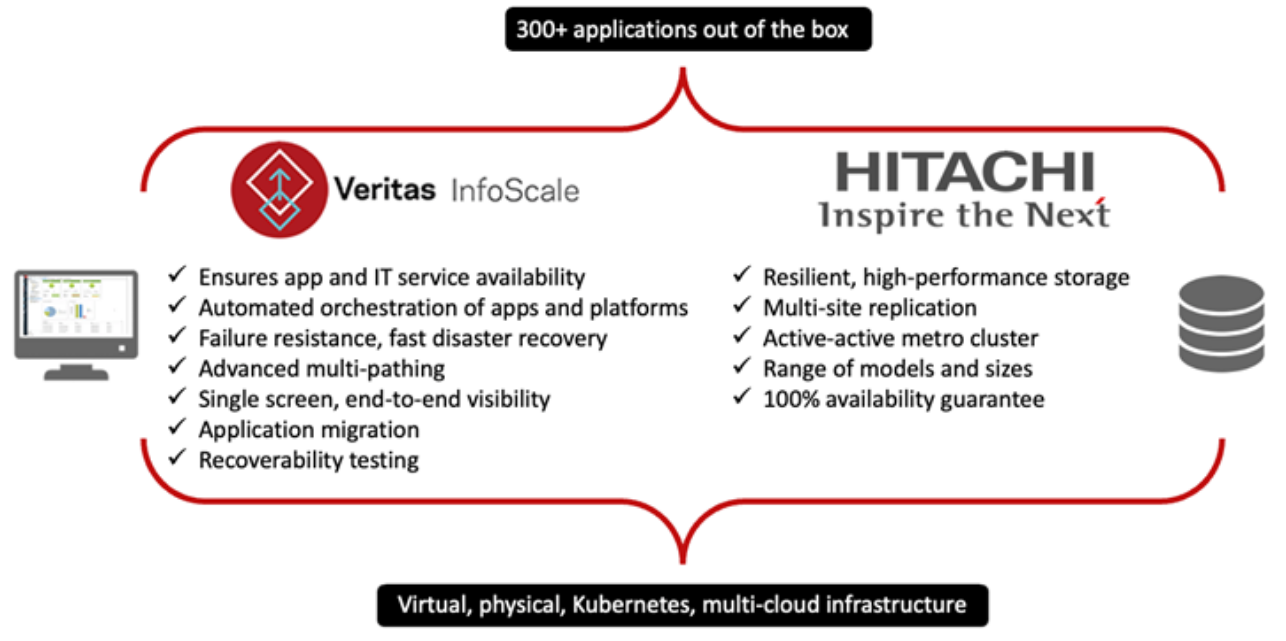
Source: Enterprise Strategy Group
Veritas InfoScale Availability
High availability, failure resistance, and fast disaster recovery for all systems that comprise applications.
Includes management of multi-site replication and recovery.
Application-aware to match quality of service (QoS) to application importance.
Automated orchestration between applications and platforms, on-premises and in the cloud.
Monitoring and end-to-end visibility from a single dashboard based on SLAs.
Streamlined application migration that makes the cloud an integrated part of your infrastructure.
Fire Drill capability to non-disruptively simulate DR and test recoverability.
Intelligent caching for storage QoS, as well as thin provisioning, deduplication, and compression.
Advanced multi-pathing for performance, fast failover, and path failure protection.
Support for VMware, Hyper-V, and KVM for virtualization; Kubernetes container orchestration; AWS, Azure, and Google Cloud Platform; wide range of operating systems, databases, and storage systems.

ESG Tested
Ease of Management
Dashboard
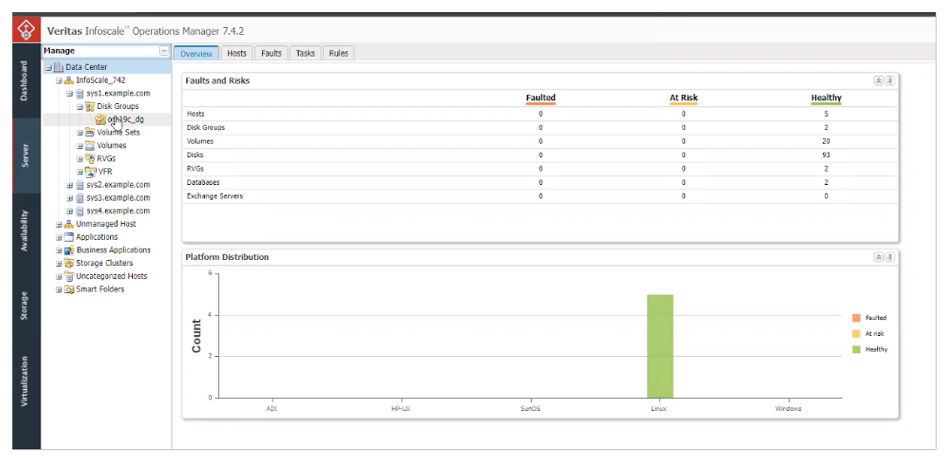
Create Business Application View
Figure 3. Business Application View
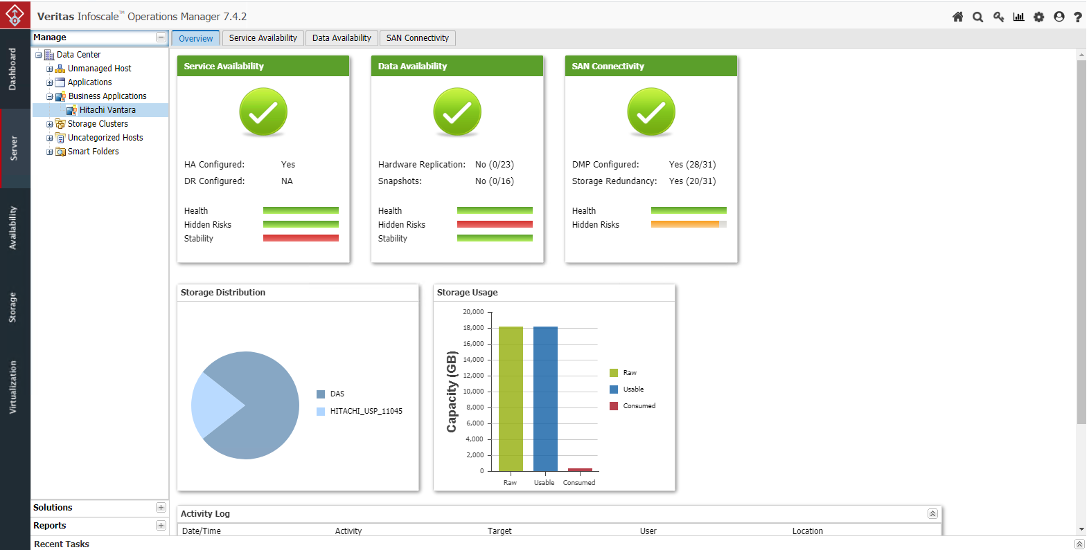
Source: Enterprise Strategy Group
Fast Failover
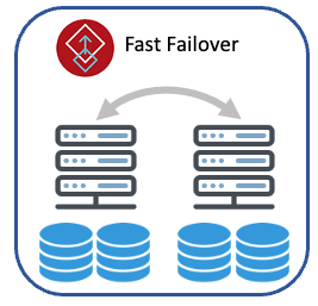
Replication and Disaster Recovery

Data and Application Migration
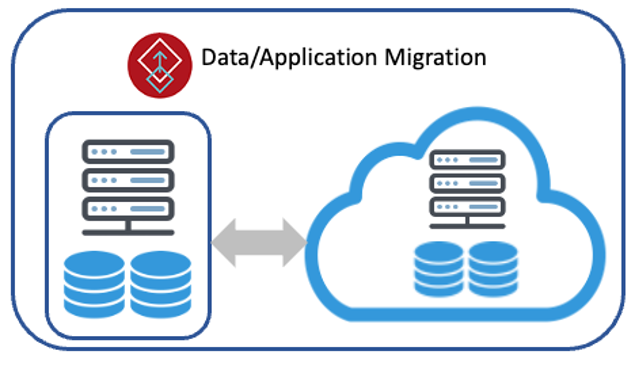
Fire Drill Recoverability Testing
Figure 4. Fire Drill Recoverability Testing
Source: Enterprise Strategy Group
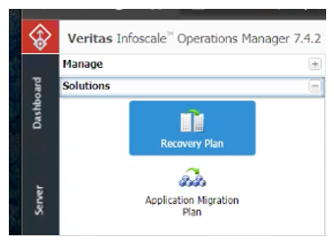
Risk Signatures
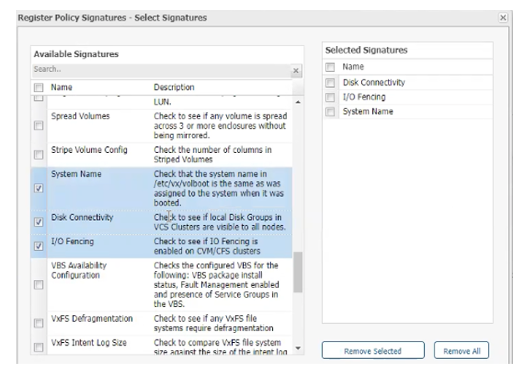
Why This Matters
The Bigger Truth
End-to-end visibility and management across distributed resources.
Ease of fast failover, replication, disaster recovery, and application migration.
Simple recoverability testing using Fire Drill.
This ESG Technical Review was commissioned by Veritas and is distributed under license from ESG.
All trademark names are property of their respective companies. Information contained in this publication has been obtained by sources The Enterprise Strategy Group (ESG) considers to be reliable but is not warranted by ESG. This publication may contain opinions of ESG, which are subject to change from time to time. This publication is copyrighted by The Enterprise Strategy Group, Inc. Any reproduction or redistribution of this publication, in whole or in part, whether in hard-copy format, electronically, or otherwise to persons not authorized to receive it, without the express consent of The Enterprise Strategy Group, Inc., is in violation of U.S. copyright law and will be subject to an action for civil damages and, if applicable, criminal prosecution. Should you have any questions, please contact ESG Client Relations at 508.482.0188.

Enterprise Strategy Group | Getting to the Bigger Truth™
Enterprise Strategy Group is an IT analyst, research, validation, and strategy firm that provides market intelligence and actionable insight to the global IT community.